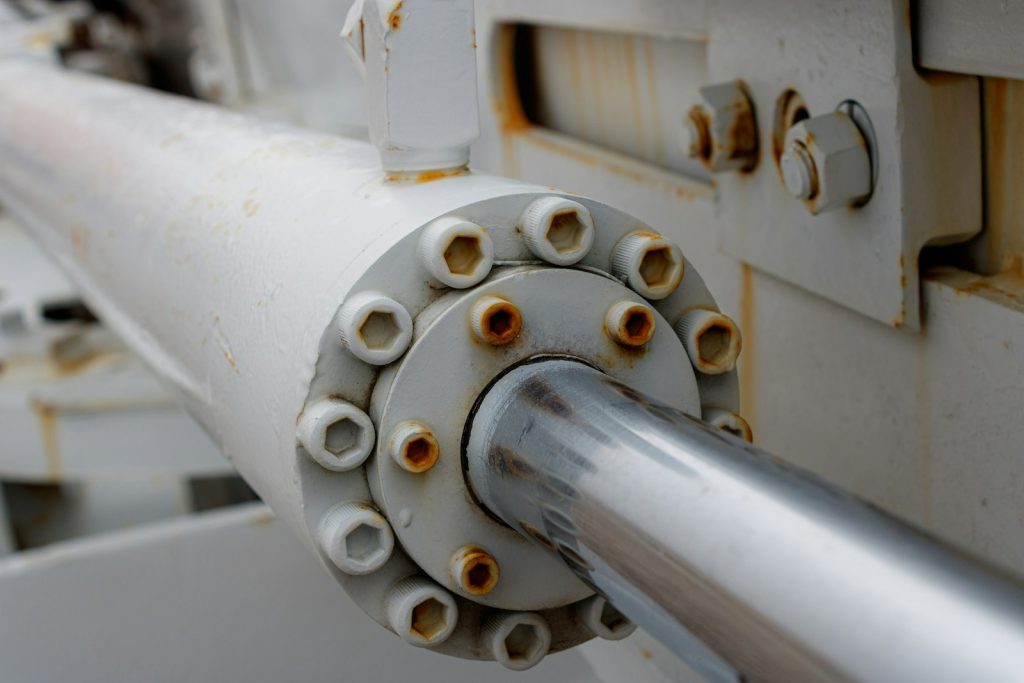Welcome to our exploration of one of the most intriguing questions concerning metal and its durability: Can stainless steel rust? This question often puzzles homeowners, businesses, and industry professionals alike. Here, we delve into the science behind stainless steel, its susceptibility to rust, and how businesses like Metro Steel, a leader in the metal industry based in Australia, navigate these challenges to provide high-quality products to their customers.
Stainless steel is renowned for its corrosion resistance, beauty, and versatility. Used in everything from kitchen appliances to construction materials, it’s a staple in industries worldwide. But what gives stainless steel its rust-resistant properties, and under what circumstances can it betray this trust by rusting?
The Composition of Stainless Steel
Understanding why and how stainless steel can rust requires a basic understanding of its composition. Stainless steel is an alloy, combining iron, carbon, and at least 10.5% chromium. It’s the chromium that gives stainless steel its corrosion-resistant superpowers. When exposed to oxygen, chromium forms a stable oxide layer on the steel’s surface, protecting the iron from oxidation – the process that leads to rust.
Factors Influencing Stainless Steel’s Rust Resistance
Environmental Conditions
The environment plays a significant role in the corrosion of stainless steel. High humidity, saltwater, and exposure to certain chemicals can compromise the protective chromium oxide layer, leading to rust.
Types of Stainless Steel
Not all stainless steels are created equal. There are over 150 grades of stainless steel, each designed for specific environments and applications. For example, Grade 304, one of the most common types, offers good corrosion resistance in many environments, while Grade 316 provides superior resistance in more corrosive environments, such as marine settings.
Surface Damage
Physical damage to the surface of stainless steel can also lead to rust. Scratches or dents can breach the protective oxide layer, allowing moisture to reach the underlying metal.
Preventing Rust on Stainless Steel
Despite its susceptibility under certain conditions, there are ways to prevent rust on stainless steel, ensuring its longevity and maintaining its aesthetic appeal.
Regular Cleaning
Regular cleaning to remove contaminants can prevent the formation of rust. It’s important to use the right cleaning agents, as some substances can damage the protective oxide layer.
Proper Installation
Ensuring stainless steel is correctly installed and not in contact with more reactive metals can prevent galvanic corrosion, a type of rusting that occurs when different metals are in contact in the presence of an electrolyte.
Protective Coatings
Applying protective coatings can enhance the corrosion resistance of stainless steel. These coatings act as an additional barrier against environmental factors that can cause rust.
Stainless Steel in the Industry: A Metro Steel Perspective
Metro Steel, an industry leader based in Australia, exemplifies the commitment to quality and durability in the use of stainless steel. Through careful selection of materials, expert fabrication, and advising clients on the best grades and maintenance practices for their specific needs, Metro Steel ensures that its stainless steel products stand the test of time, even in the harshest environments.
Applications of Stainless Steel
Stainless steel’s versatility makes it ideal for a wide range of applications. In the architectural and construction industries, it’s used for structural components, cladding, and handrails. The automotive industry relies on it for exhaust systems and trim, while the medical field uses it for surgical instruments and equipment. Each application benefits from stainless steel’s blend of strength, durability, and corrosion resistance.
The Environmental Impact of Stainless Steel
Sustainability is a growing concern in all sectors, and stainless steel stands out for its environmental credentials. It is 100% recyclable, with the majority of new stainless steel containing recycled content. This recyclability, combined with its long lifespan, makes stainless steel an eco-friendly choice for businesses and consumers alike.
Conclusion
In answering the question, “Can stainless steel rust?”, we’ve seen that while stainless steel is remarkably resistant to corrosion, it’s not invulnerable. Environmental factors, the specific grade of stainless steel, and physical damage can all compromise its integrity. However, with proper care, maintenance, and application, stainless steel can continue to offer its unique combination of durability, aesthetics, and sustainability. Metro Steel, with its commitment to quality and expertise, stands as a testament to the potential of stainless steel to meet the demands of a wide range of industries, proving that with the right approach, stainless steel can indeed last for generations, virtually rust-free.
 Working Hours - Mon – Fri 7:00 AM – 4:00 PM
Working Hours - Mon – Fri 7:00 AM – 4:00 PM Talk to an Expert (07) 3204 1000
Talk to an Expert (07) 3204 1000
